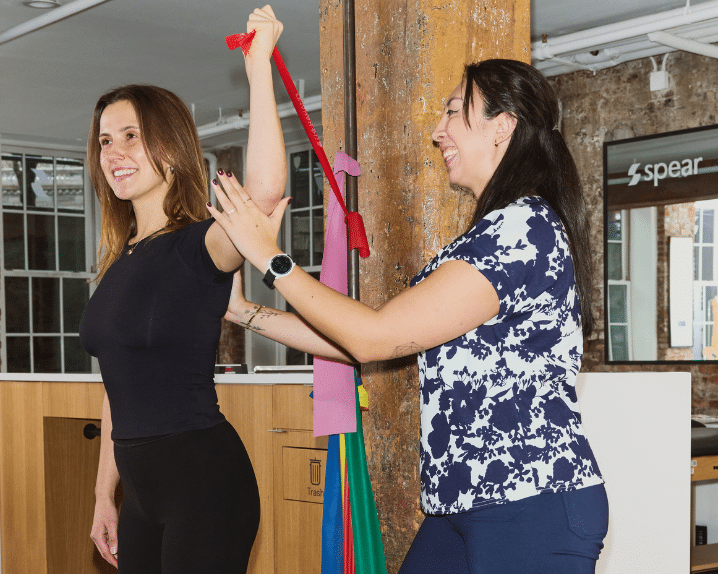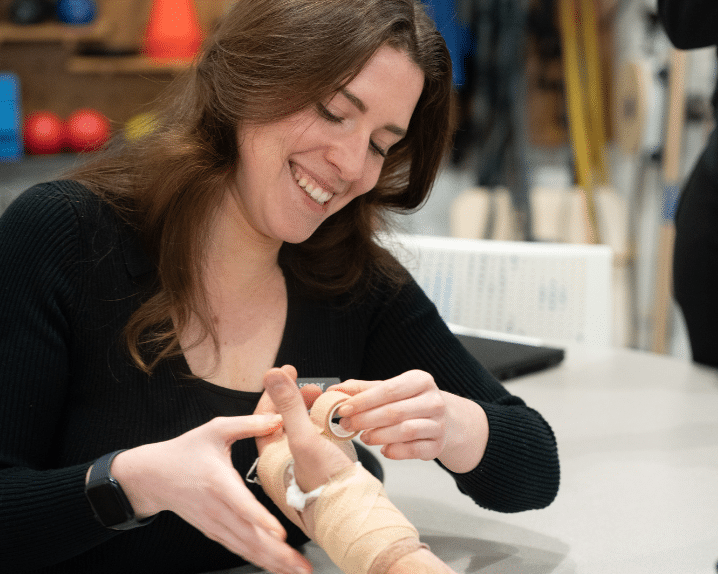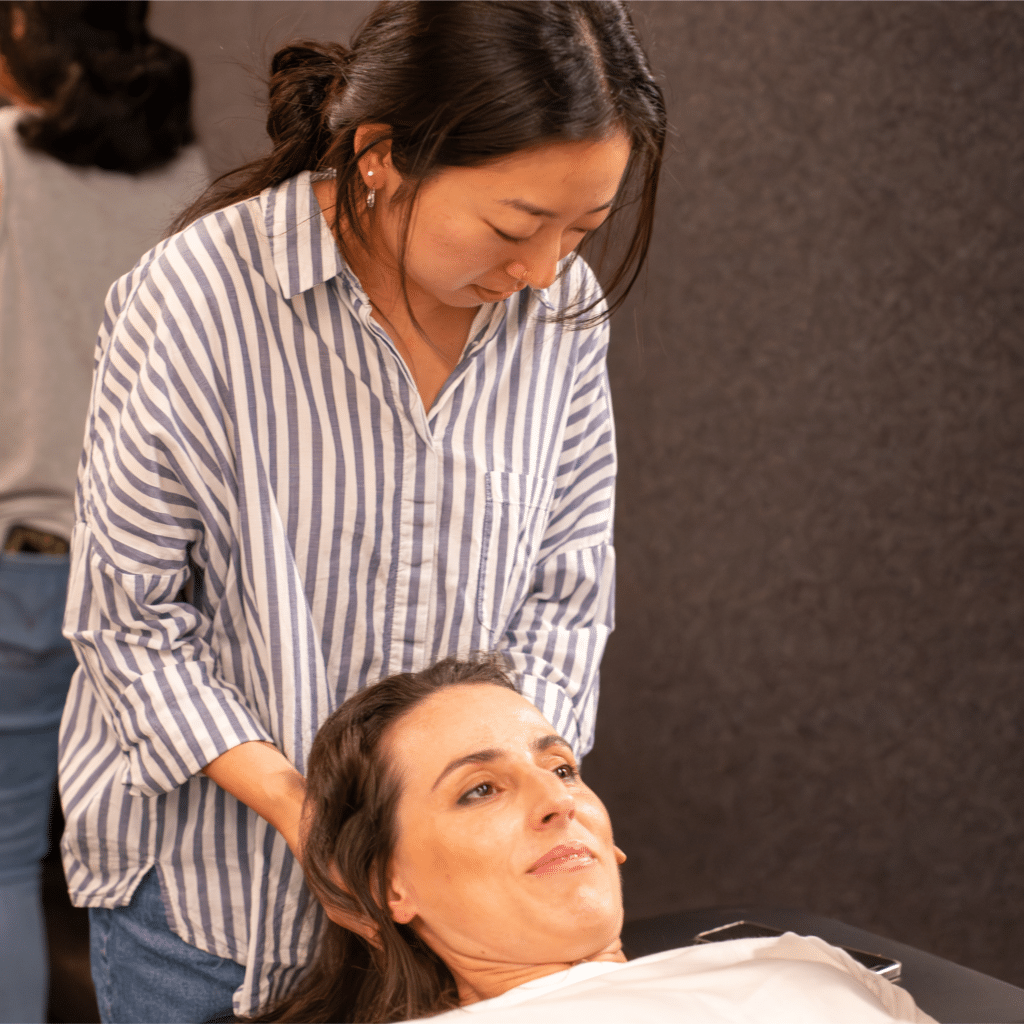Our certified vestibular therapists create customized vestibular rehabilitation programs orchestrated to meet individual patient needs, including those with inner ear disorders and bilateral vestibular hypofunction. These programs often incorporate vestibular rehabilitation exercises, addressing conditions like:
- Dizziness or vertigo
- Benign Paroxysmal Positional Vertigo (BPPV)
- Ménière’s disease
- Mal de Débarquement Syndrome
- Migraines and other headaches
- Balance disorders
- Neuronitis
- Labyrinthitis
- Acoustic neuroma
- Post-concussion syndrome
- Ramsay-Hunt Syndrome
- Unilateral as well as bilateral vestibular hypofunction
- Cerebellar degeneration, age-related multisensory deficits, and multiple sclerosis.
Depending on the specific vestibular disorder and the patient’s unique symptoms, our therapists may employ various maneuvers, such as the Epley or modified Epley maneuver, and exercises, including balance retraining, gaze stability drills, postural retraining, and gait training.





